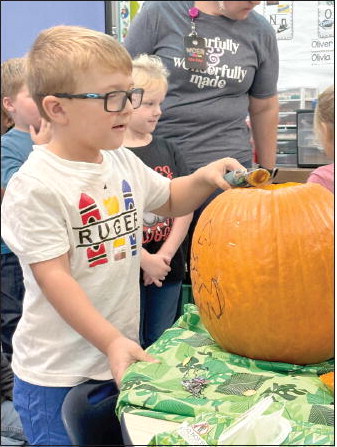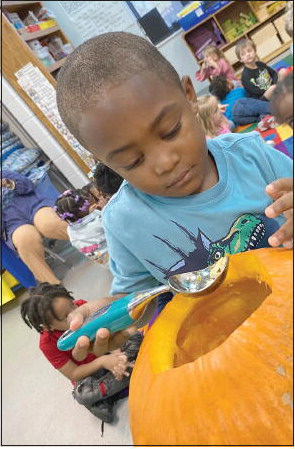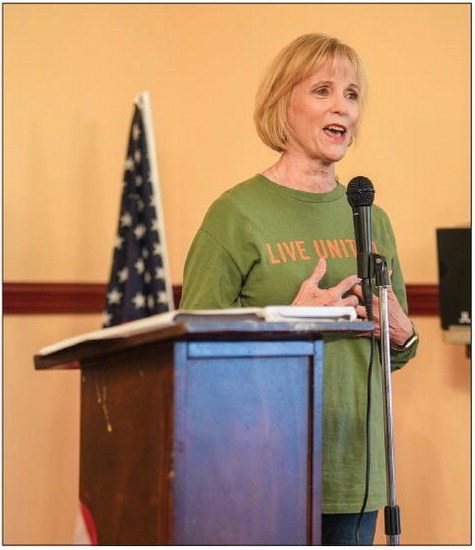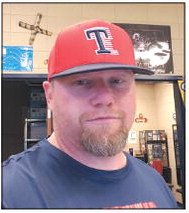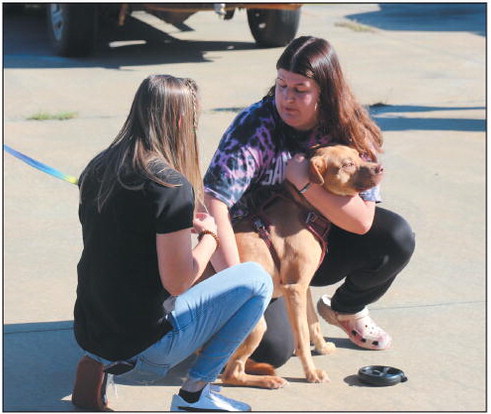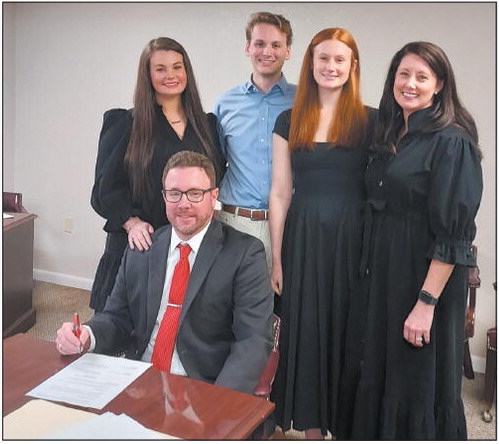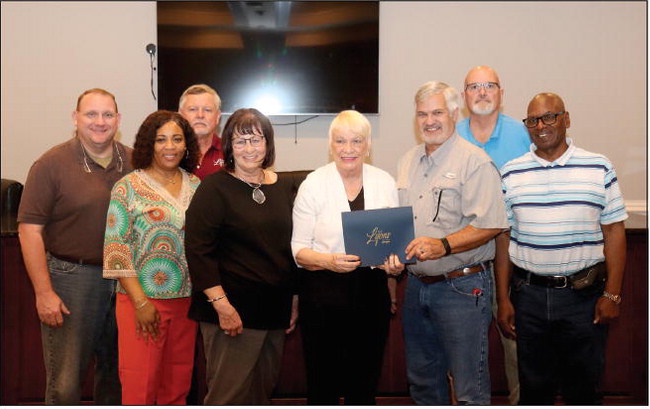8th Graders Bring Science to Life with Hands-On Lab Experiments
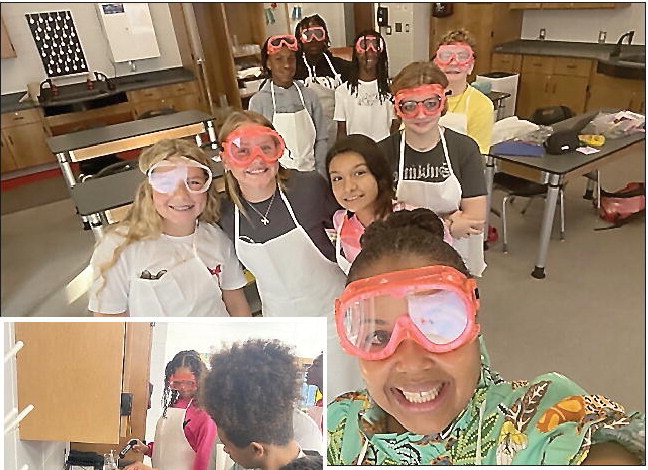

Courtesy of Wheeler County Schools
In Mrs. Jones’ 8thgrade physical science class at Wheeler County Middle School, science isn't just something students read about in textbooks — it’s something they actively experience. Through a series of engaging and educational laboratory experiments, these young scientists are transforming their classroom into a hub of discovery and hands-on learning.
In recent experiments, students dove into two exciting laboratory experiments designed to help them understand the relationship between energy transferred and the changes in the kinetic energy of particles, as evidenced by temperature changes.
In Lab 1, students explored particle movement in liquids using a simple but powerful demonstration: food coloring dropped into room temperature water. As the drops of color swirled and diffused throughout the water, students were able to witness firsthand how particles in a liquid are constantly in motion. 'At first, I thought the food coloring would just stay where it was, but it moved everywhere,' said an 8th grader who marveled at the dynamic flow of particles. 'It’s cool because it shows that even though we can’t see the particles themselves, we know they’re moving.'
This experiment serves as evidence of the constant motion of particles in liquids, driven by kinetic energy. This lab really brings home the idea that particles in any substance are always moving, even in something as simple as water at room temperature. The food coloring just makes that movement visible. By observing how quickly the dye spreads, students could deduce how the temperature of the water affects the speed of particle motion — the warmer the water, the faster the food coloring would disperse.
For the students, this visual representation made the abstract concept of kinetic energy more tangible. They recorded their observations and discussed the connection between particle movement and temperature. 'The food coloring spread faster in warmer water because the particles are moving faster. 'I didn’t know that temperature was basically a measure of how fast particles move, but now it makes sense.'
Lab 2 took the students further into the world of energy transfer by exploring what happens during a phase change. Using crushed ice in a beaker and a thermometer, students carefully monitored the temperature as the ice melted into liquid water. The purpose of this experiment was to observe the relationship between temperature and energy during the transition between phases of matter.
At first, the students saw the temperature rise steadily as the ice was heated, but something unexpected happened as the ice began to melt: the temperature leveled off, remaining constant despite the continued energy input. 'It was surprising to see the temperature stay the same while the ice was melting,' said one student. 'We kept adding heat, but the thermometer didn’t go up until all the ice was gone.' Mrs. Jones, a veteran teacher with over 32 years of experience, believes strongly in the power of hands-on learning. “When students are actively engaged in experiments, they’re not just memorizing facts — they’re understanding concepts on a deeper level. They get to see the real-world applications of what we're studying. That's where the 'aha' moments happen,” she said..
While the experiments are fun and engaging, they are also carefully structured to reinforce key scientific concepts. Students are required to document their observations, form hypotheses, and conduct trials just as professional scientists do.
Perhaps most importantly, these experiments foster collaboration and teamwork. Students often work in pairs or small groups to conduct their experiments, bouncing ideas off one another, troubleshooting issues, and learning from their mistakes. Science is all about asking questions and finding solutions. And when students work together, they learn how to think like scientists.
These real-life applications of science are also igniting passion in students who might not have previously considered themselves “science people.”
As the year progresses, the 8th graders of Wheeler County Middle School can look forward to more complex experiments, including electrical circuits and wave mechanics. The ultimate goal? To instill in students a lifelong curiosity and love for science.
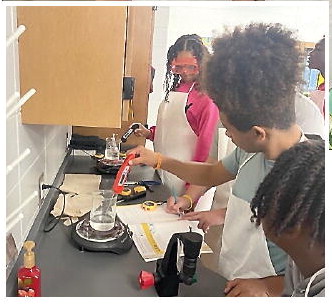
Pre-K students at Wheeler County Elementary School learned about pumpkins last week. The students learned how pumpkins grow and what is inside of pumpkins. They read ‘Pumpkin Jack’ by Will Hubbell, and it showed the transformation of a pumpkin named Jack throughout the seasons. Then the students learned about the process of pumpkin carving. They were able to participate in it by digging out the pumpkin seeds. Left: Ruger Thornton, Right: Kahaire Rowe.
